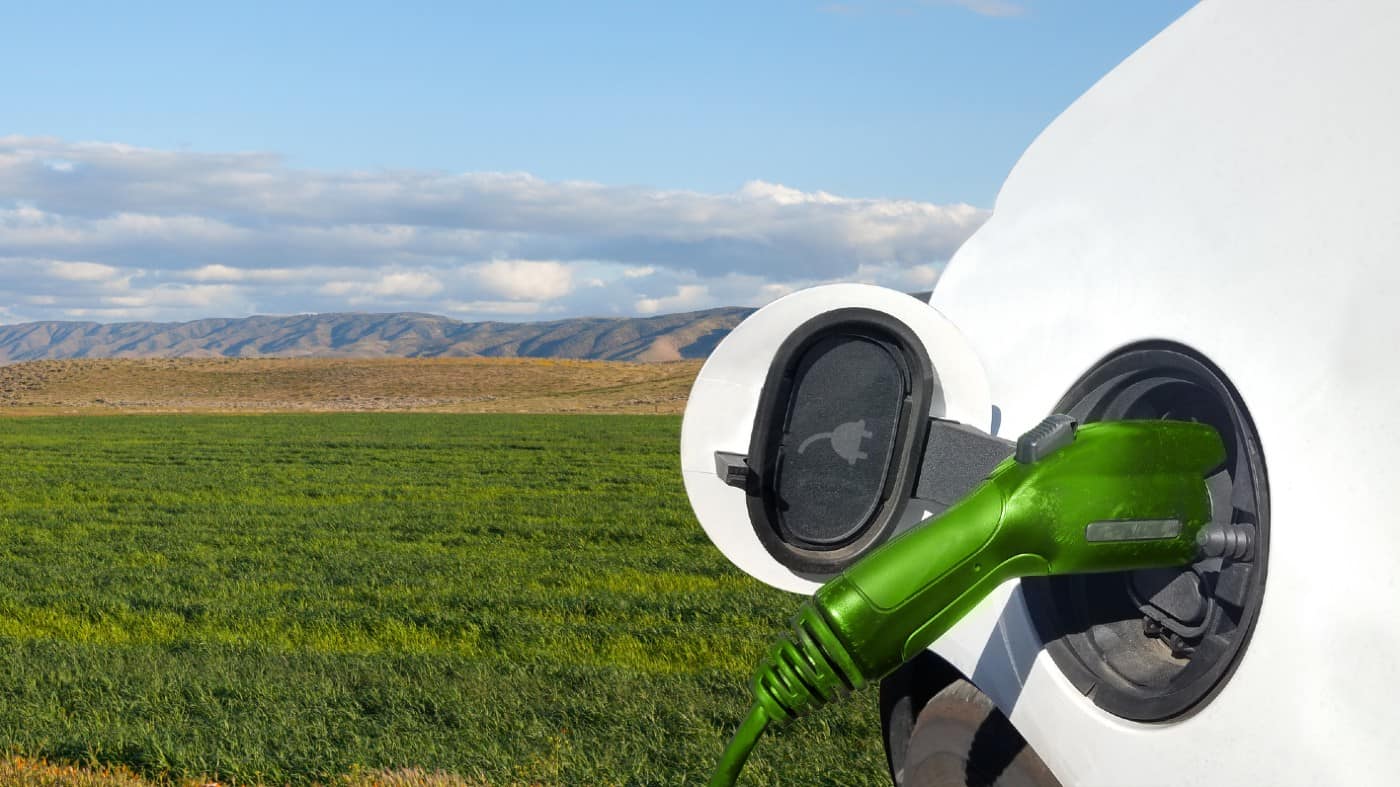Those who invested in Tesla (NASDAQ:TSLA) stock 10 years ago would now be sitting on an impressive profit.
But few expect the electric car maker to repeat this performance over the next decade. If it did, it would have a stock market valuation of over $14trn by 2033 — Apple‘s is currently under $3trn.
A success story
In 2014, Tesla sold 31,655 vehicles. During 2023, it expects to shift 1.8m.
For comparison, Toyota is currently the largest automotive manufacturer in the world, selling 10.5m units in 2022. There’s clearly potential for significant future expansion.
But as the company matures, I doubt Tesla’s shareholders will ever again see the same explosive growth of the last 10 years.
Chalk and cheese
During Q3 2023, Elon Musk’s company made an automotive gross profit of $3.67bn, on sales of $19.63bn. That’s $8,431 a vehicle — a margin of 18.7%.
Contrast this with the performance of Rivian Automotive (NASDAQ:RIVN).
During the same period, it sold 15,564 of its electric pick-up trucks and SUVs. It reported revenue of $1.34bn, but recorded a gross loss of $30,648 for every vehicle sold.
In other words, it’s selling its vehicles for less than the cost of producing them. And that doesn’t take into account overheads. If these and interest charges are included, the loss per unit during the quarter increases to a massive $87,831.
Given that the list price of Rivian’s base model is around $75,000, it’s clear to me that the company is a long way from being profitable.
However, shareholders can take some comfort that its performance is improving quarter on quarter.
Through a combination of economies of scale, supplier price reductions and technological innovation, Rivian hopes to be breaking even by the end of 2024.
Then and now
But the world’s a different place to what it was 10 years ago.
In 2014, Tesla had an automotive margin of 27.6% and its gross profit per vehicle was $27,877. Both companies would be happy with similar figures today.
The company was a pioneer and the first significant player to enter the market. It was considered a niche manufacturer and faced little competition. Now there’s fierce rivalry with every mainstream producer selling electric models. In response, Tesla has cut its prices twice in 2023.
And due to these structural changes in the industry, I believe there’s less scope for Rivian’s stock price to emulate the success of its larger rival.
But assuming it doesn’t run out of cash — its chief executive says it won’t need to raise any more money until 2025 — I see great potential for the company.
Its market cap is currently around $15bn, and Tesla’s is $675bn.
Due to the former’s losses, it’s difficult to compare these valuations. However, using the price-to-sales ratio for the past 12 months, Tesla’s appears much more inflated. It trades at nearly seven times revenue, compared to Rivian’s 3.86.
This suggests the smaller company presently offers better value.
On balance, I think Rivan would make the better investment. Its vehicles receive good reviews and American’s love their pick-up trucks. But even at $16 a share, over the next decade I don’t think it will match the historical performance of its more famous rival.
Even so, the next time I have some spare cash, I’m going to consider taking a position.








